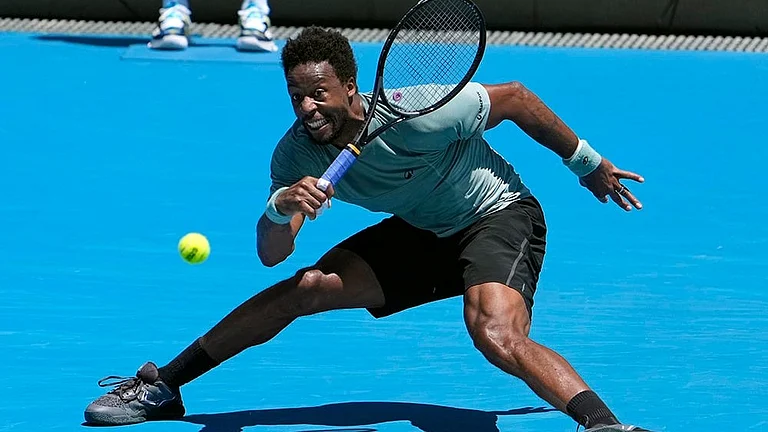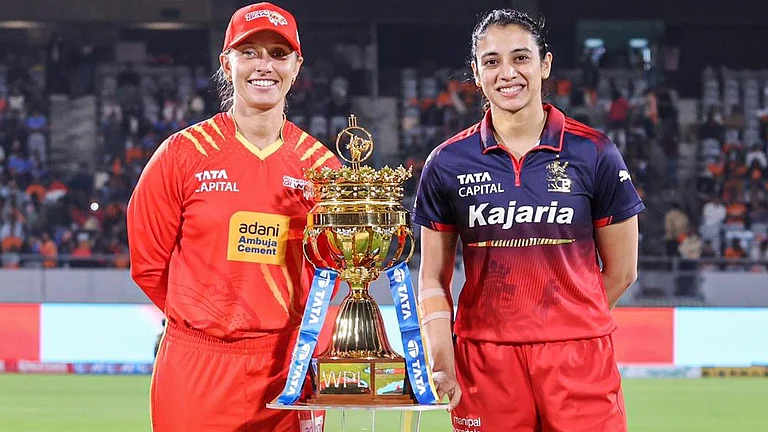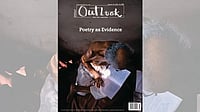Sunil Duggal, CEO, Hindustan Zinc, has a personal and corporate vision for his company. His personal goals include mining with maximised productivity, and zero harm through the use of technology. At one of the mines, the aim is to develop end-to-end solution for complete automation. At a corporate level, he wishes to take the company to a sustainable 1.5 mt metal and 1,000 mt silver in the near future. The country has to become self-reliant in the case of major minerals and metals through a quantum jump in the mining contribution to overall GDP, growth, and development. In terms of CSR, he hopes to create a better future for children. The corporate philosophy and vision are in sync with modern slavery acts with the fundamental belief that people everywhere deserve to live and work in safety and with dignity.
Can you share the details of the digital mining prototype at Sindesar Khurd?
We have recently partnered with Sandvik to develop an end-to-end solution for complete automation of SK Mine. This includes real-time tracking, fleet management and machine health analytics for quick interventions to maximise productivity and realise our goal of zero harm. This was made possible through a Wi-Fi underground network. We have installed in-motion weigh-bridges (first time in India) to monitor the performance of each mine truck, which has resulted into increased truck fill factor of at least 15% along with automated digitised reporting as well. We are also building a centralised control room at SK mine that integrates more than nine individual control rooms involving our mines, crushers, mills and paste-fill plants.
Nand Ghar is a prominent CSR activity. How does the company work with the government and local communities?
Nand Ghar programme is an important part of our larger commitment for supporting efforts that help create a better future for children. In fact, in FY 17-18, 36% of our CSR spend was on education, for children spanning 0-18 years.
It re-imagines the Anganwadi Centre (AWC) space into state-of-the art centres that are built on sustainable principles. Through the Nand Ghar concept, we are taking the AWC space to a new paradigm.
Can you flesh out the challenges you faced in the transition from open cast mining to fully underground mining?
The biggest challenge for us was to sustain the supplies to our customers and maintain the production volumes despite the exhaustion of open cast mine. Open cast mine provided for a major share of our volumes and its absence implied that the underground mines had to be ramped up rapidly. We had to provide conducive mining conditions in terms of adequate ventilation, putting strong de-watering system, better haul road conditions and introduction of advanced mining equipment.

Achieve 1.2 mt by next year
Your operational philosophy is 1.2 million tonnes by 2020. How will you achieve this objective?
Our philosophy has always been to make our operations stronger and sustainable through latest state-of-the-art technologies and digitalisation. We have progressively chased higher targets and this target is another testimony to our vision for continuous growth. We are commissioning shafts at the Sindesar Khurd and Rampura Agucha mines, mills are being set up at Rajpura Dariba and Zawar mines.
HZL has transformed the sewage in Udaipur? What were the reasons and how did it happen?
Caring for our communities has been at the heart of our every decision. Udaipur is one of the top tourism attractions of India. This city has five major lakes. At the same time, the city generates around 80 million litres of sewage per day. We identified the absence of waste water treatment infrastructure as a major threat to the lakes and to the sustenance of the city, and decided to install sewage treatment plants. Currently these STPs treat over 55% of the city’s sewage. Waste water previously disposed into the lakes is now collected and the treated effluents are used for industrial production.
HZL achieved a ranking of No. 1 globally in environment in metals and mining in the Dow Jones Sustainability Index 2018. What steps did you take in this direction?
We are firmly focused on reducing our environmental footprint. We have taken concrete initiatives such as reducing water footprint, cutting GHG emissions through energy and climate change management, increasing use of green energy in the total energy mix, maintaining air quality, preventing environmental pollution by reducing waste, and conserving or rejuvenating the biodiversity near our operations. Our renewable energy portfolio stands at 324 MW which provides reduction of over 730,000 tonnes of carbon dioxide per year and we plan to increase it further.
What were your initiatives to become environment friendly? Can you give details of the specific projects?
We follow zero-discharge at all our operating locations, we have reduced fresh water requirement by setting up sewage treatment plants, rain water harvesting and have deployed a robust system to undertake and monitor our water conservation initiatives. We have invested in 273 MW wind power plants spanning across five different states and increased our focus on solar power in past two years. We have set up 38 MW of solar power plants at our locations utilising some of waste lands within our locations. Another 40MW will get commissioned in this year. We are also evaluating an innovative floating solar power plant.
HZL is compliant with the UK Slavery Act to tackle modern slavery. What did the company do to achieve this aim?
Millions of people are living in bondage globally. They labour in fields and factories under inhumane employers. It is our fundamental belief that all people everywhere deserve to live and work in safety and with dignity. All our businesses are compliant with applicable regulations, strive to uphold all labour rights and are aligned with national and international regulations.
What are future challenges for Indian mining in terms of policy, operations and technology?
The growth in mining in the recent years is either negative or marginal and it does not attract much investment. Further, the recent amendments in the laws have not yielded results as expected for mining sector. We need to simplify the mining policies and introduce latest technologies so that extraction can be done at mass level and cheaper.
Your vision for the company and sector?
To take the company to a sustainable 1.5 mt metal and 1000 mt silver in the near future and to make India self-reliant in case of major mineral and metals through a quantum jump in the mining contribution to overall GDP.


























